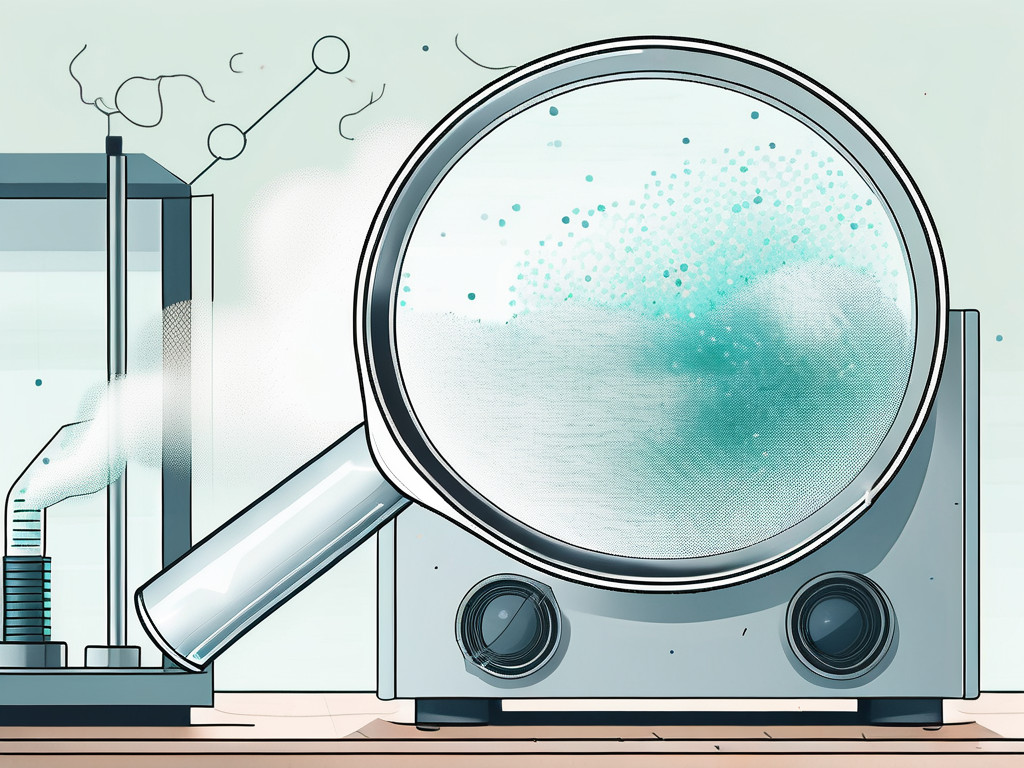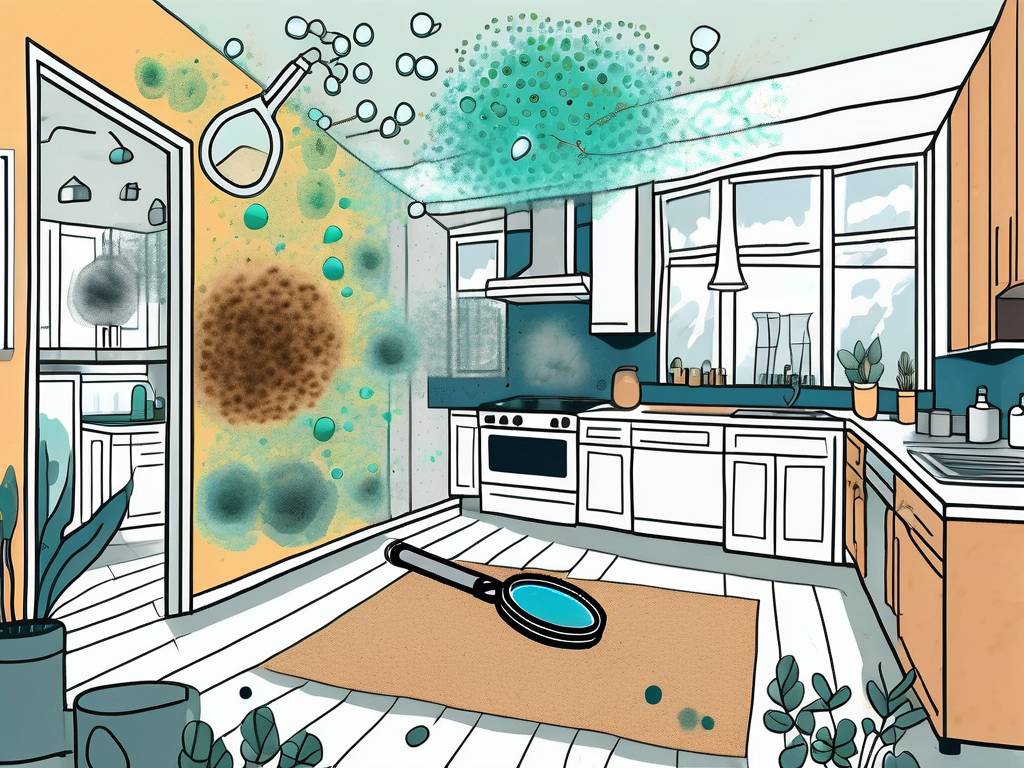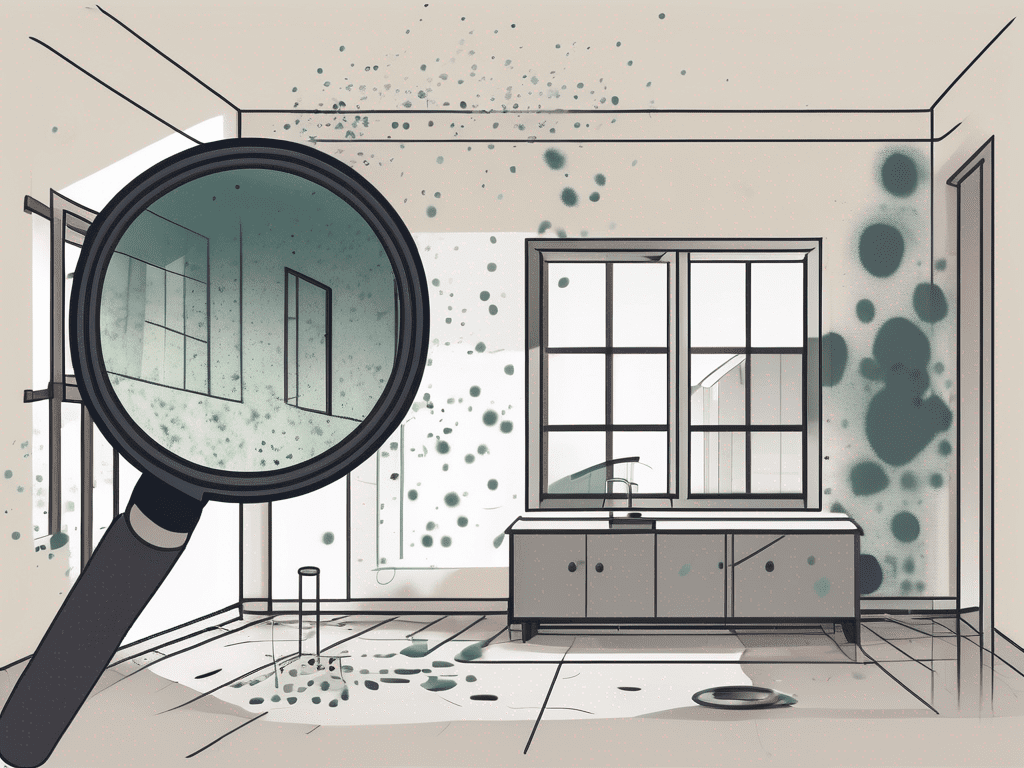Having clean and healthy air is essential for our overall well-being. Most of us spend a significant amount of time indoors, especially in our homes, making it crucial to ensure the air we breathe is of high quality. Understanding home air quality and its impact on our health is the first step in creating a safe and healthy environment for ourselves and our loved ones.
Understanding Home Air Quality
Home air quality refers to the cleanliness and purity of the air inside our homes. It encompasses various factors, including the presence of pollutants, humidity levels, and ventilation. Poor air quality can have detrimental effects on our health, leading to short-term and long-term health issues.

What is Home Air Quality?
Home air quality is a measure of the cleanliness and purity of the air inside our homes. It takes into account the presence of pollutants, such as dust, pet dander, pollen, mold spores, and volatile organic compounds (VOCs). These pollutants can enter our homes through various sources, including outdoor air, household products, and activities like cooking and cleaning.
Factors Affecting Home Air Quality
Several factors can affect the quality of air inside our homes. These include inadequate ventilation, high humidity levels, presence of indoor pollutants, and lifestyle choices such as smoking. It’s important to identify and address these factors to maintain optimal air quality.
One crucial aspect of home air quality that often goes unnoticed is the impact of indoor plants. While plants are known for their ability to purify the air by absorbing carbon dioxide and releasing oxygen, some plants can also help remove harmful toxins like formaldehyde and benzene from the air. Incorporating air-purifying plants, such as spider plants, peace lilies, and snake plants, can significantly improve the air quality in your home.
In addition to indoor plants, the choice of cleaning products used in the home can also play a significant role in air quality. Many conventional cleaning products contain harsh chemicals that can release volatile organic compounds (VOCs) into the air, contributing to indoor air pollution. Opting for eco-friendly and natural cleaning products or making your own using ingredients like vinegar, baking soda, and essential oils can help reduce the presence of harmful chemicals in your indoor environment.
The Impact of Poor Air Quality on Health
Poor air quality can have significant consequences on our health, both in the short-term and long-term. Understanding these health effects can help us prioritize and take necessary steps to improve the air quality in our homes.

Air quality is a critical factor that influences not only our physical health but also our mental well-being. Poor air quality can lead to increased stress levels, fatigue, and decreased cognitive function. Research has shown that prolonged exposure to indoor air pollutants can affect mood regulation and contribute to symptoms of anxiety and depression.
Short-Term Health Effects
Exposure to polluted indoor air can cause various short-term health effects, including irritation of the eyes, nose, and throat, coughing, sneezing, and headaches. Individuals with respiratory conditions, allergies, or compromised immune systems may experience heightened symptoms in the presence of poor air quality.
In addition to the physical discomfort caused by poor air quality, it can also impact our productivity and overall quality of life. Poor indoor air can lead to decreased concentration, reduced work performance, and disrupted sleep patterns. These factors can have a cascading effect on our daily activities and long-term well-being.
Long-Term Health Effects
Long-term exposure to poor air quality can lead to more serious health issues. It has been linked to respiratory diseases, such as asthma, chronic bronchitis, and even lung cancer. Additionally, prolonged exposure to certain indoor pollutants may increase the risk of cardiovascular diseases and neurological conditions.
Furthermore, poor air quality can have a disproportionate impact on vulnerable populations, such as children, the elderly, and individuals with pre-existing health conditions. Children exposed to indoor air pollutants may experience stunted lung development and increased susceptibility to respiratory infections. Similarly, older adults with compromised immune systems are at a higher risk of developing severe complications from long-term exposure to poor air quality.
Common Indoor Air Pollutants
Understanding the different types of indoor air pollutants is vital in effectively addressing air quality concerns within our homes.

Indoor air quality is a critical aspect of overall health and well-being, as we spend a significant amount of time indoors. Being aware of the common indoor air pollutants can empower individuals to take proactive steps in creating a healthier living environment for themselves and their families.
Biological Pollutants
Biological pollutants include allergens such as mold spores, dust mites, pet dander, and pollen. These pollutants can trigger allergies and aggravate respiratory conditions. Proper cleaning, regular maintenance, and controlling humidity levels can help reduce their presence in our homes.
Mold, a type of biological pollutant, thrives in damp and poorly ventilated areas. It not only affects indoor air quality but can also damage building structures. Identifying and addressing sources of moisture, such as leaks or inadequate ventilation, is crucial in preventing mold growth and improving overall air quality.
Chemical Pollutants
Chemical pollutants are often present in various household products and materials. These include volatile organic compounds (VOCs) found in cleaning products, paints, and synthetic fragrances. Prolonged exposure to high levels of VOCs can lead to respiratory irritation and other health concerns. Opting for natural and eco-friendly alternatives and improving ventilation can help minimize chemical pollutants.
In addition to VOCs, formaldehyde is another common chemical pollutant found in many household items such as furniture, flooring, and insulation. This colorless gas can cause irritation to the eyes, nose, and throat, and prolonged exposure may lead to more severe health issues. Choosing low-emission or formaldehyde-free products can significantly reduce the levels of this harmful chemical in indoor spaces.
The Role of Ventilation in Maintaining Air Quality
Ventilation plays a crucial role in maintaining good air quality inside our homes. It involves the exchange of indoor and outdoor air, diluting pollutants and preventing the accumulation of stale air. Proper ventilation not only improves the overall comfort of a living space but also has a significant impact on the health of its occupants. By ensuring adequate ventilation, we can reduce the risk of indoor air pollutants that can lead to respiratory problems, allergies, and other health issues.
In addition to its health benefits, ventilation also plays a key role in controlling humidity levels within a home. Proper ventilation helps to prevent the build-up of excess moisture, which can lead to mold growth and structural damage. By allowing for the circulation of air, ventilation helps to maintain a balanced indoor environment, ensuring both comfort and structural integrity.
Natural Ventilation
Natural ventilation relies on the flow of air through windows, doors, and other openings in our homes. Opening windows and allowing fresh air to circulate is an effective way to improve air quality, especially when outdoor air is clean. However, natural ventilation may not be sufficient in certain weather conditions or highly polluted areas. In such cases, additional ventilation strategies may be necessary to ensure optimal indoor air quality.
Mechanical Ventilation
Mechanical ventilation involves the use of mechanical systems, such as fans and ducts, to control and circulate air within our homes. These systems can filter and ventilate the indoor air, reducing the concentration of pollutants. Different mechanical ventilation options, such as exhaust fans and whole-house ventilation systems, provide more control over indoor air quality. By incorporating mechanical ventilation systems into a home, occupants can enjoy a more consistent and controlled airflow, leading to improved air quality and overall comfort.
Air Quality Testing Methods
Regularly testing the air quality in our homes is crucial in identifying potential pollutants and taking appropriate measures to improve the air we breathe.
Indoor air quality can be affected by a variety of factors such as dust, pet dander, mold, volatile organic compounds (VOCs), and allergens. These pollutants can lead to respiratory issues, allergies, and other health problems if not properly addressed.
Professional Air Quality Testing
Professional air quality testing involves hiring experts to assess the air quality in our homes. They use specialized equipment to measure pollutant levels and identify potential sources of contamination. This comprehensive testing provides accurate results and recommendations for improving air quality.
During a professional air quality assessment, experts may conduct tests for specific pollutants like radon, asbestos, or lead. They can also evaluate the ventilation system to ensure proper airflow and recommend filtration systems to reduce indoor air pollution.
DIY Air Quality Testing Kits
For those who prefer a more hands-on approach, DIY air quality testing kits are available in the market. These kits typically include sampling devices and instructions for collecting air samples. They can help identify common pollutants such as mold, VOCs, and allergens. However, it’s important to follow the instructions carefully and interpret the results correctly.
DIY air quality testing kits are a cost-effective way to get an initial assessment of indoor air quality. They can be particularly useful for identifying potential issues before seeking professional help. However, for a more thorough evaluation, especially in cases of suspected contamination or health concerns, professional testing is recommended.
By understanding the importance of home air quality and taking necessary steps to improve it, we can create a healthy environment for ourselves and our families. Regular testing, proper ventilation, and addressing potential sources of pollutants will go a long way in ensuring clean and fresh air inside our homes.






